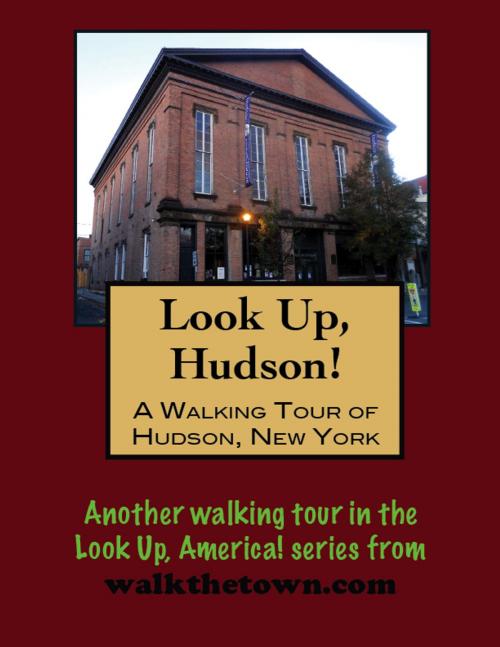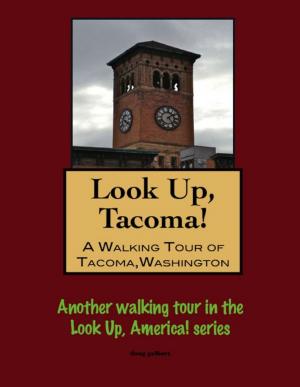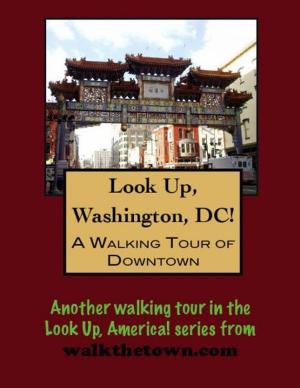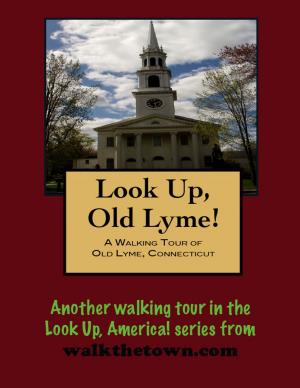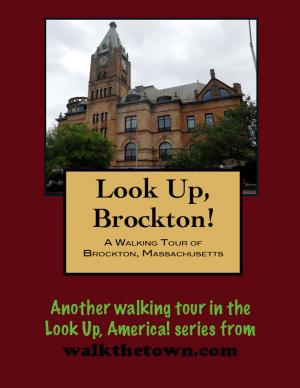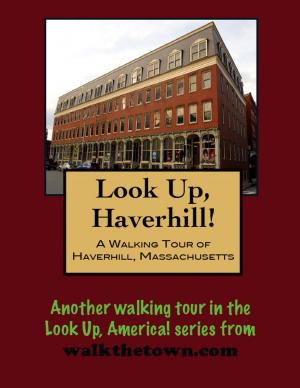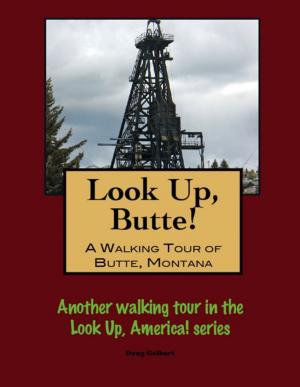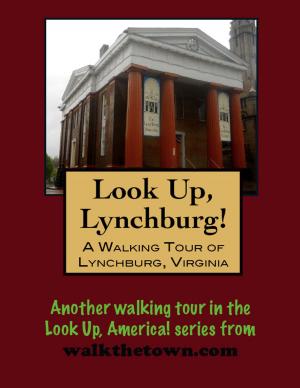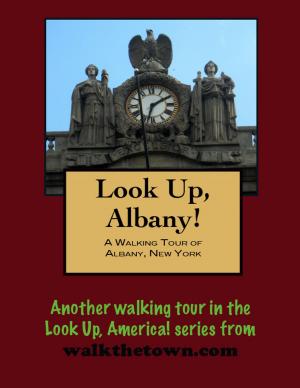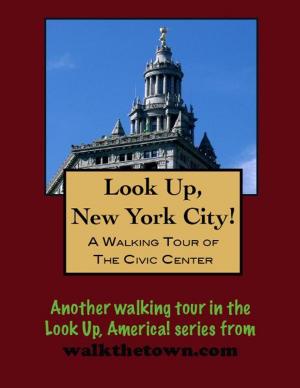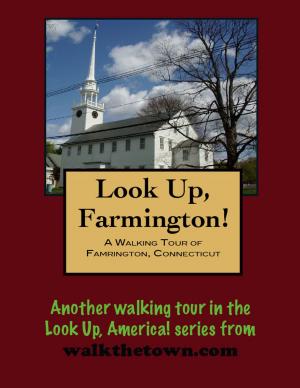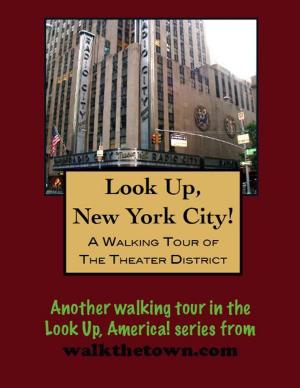| Author: | Doug Gelbert | ISBN: | 9781458031426 |
| Publisher: | Doug Gelbert | Publication: | January 31, 2011 |
| Imprint: | Smashwords Edition | Language: | English |
| Author: | Doug Gelbert |
| ISBN: | 9781458031426 |
| Publisher: | Doug Gelbert |
| Publication: | January 31, 2011 |
| Imprint: | Smashwords Edition |
| Language: | English |
There is no better way to see America than on foot. And there is no better way to appreciate what you are looking at than with a walking tour. Whether you are preparing for a road trip or just out to look at your own town in a new way, a downloadable walking tour is ready to explore when you are.
Each walking tour describes historical and architectural landmarks and provides pictures to help out when those pesky street addresses are missing. Every tour also includes a quick primer on identifying architectural styles seen on American streets.
While under Dutch rule in 1662 Jan Frans Van Hoesen bought land from the Esopus Indians here but settlement never occurred by the Dutch or the English who seized control of New Netherlands in 1666. After the American Revolution in 1783, however, New England whalers began fretting that their coastal operations were vulnerable and sought a sheltered inland location.
Brothers Thomas and Seth Jenkins led a group representing families from Providence, Newport, Nantucket and Edgartown on a scouting expedition and sailed up the Hudson River. They found a harbor deep enough for sea-going vessels here in a place called Claverack Landing for its abundance of clover. The group, who called themselves the Proprietors, paid 5,000 pounds sterling for land and wharfage in 1783.
These folks were for the most part serious-minded Quakers and when they settled, they settled. Some arrived on the banks of the Hudson with pre-made houses on board ship. A grid was laid out and docks and warehouses built in short order. Some two dozen schooners in the whaling, seal and West Indies trade registered Hudson as their home port. Chartered as the first city in the new United States in 1785, it was already the 24th largest city in the country by 1790.
The whaling trade died out when oil was discovered in the western Pennsylvania hills in the middle-1800s but the Hudson economy had already transitioned to light industry by that time. Hudson factories produced woolen knit goods and beer and matches and flypaper and ginger ale and cement.
When those industries began to flag in the late 19th and first half of the 20th century, Hudson became notorious as a center of vice, especially gambling and prostitution. At its peak, or nadir, Hudson boasted more than 50 bars. The officially-tolerated prostitution on what is today Columbia Street made the city known as “the little town with the big red-light district.” It took raids by Governor Thomas E. Dewey to end Hudson’s unique approach to the erosion of its manufacturing base. Today, it is genteel antique shops that churn the economy.
Hudson’s architectural stew is as rich and meaty as any in New York State. Virtually the entire downtown has been designated the Hudson Historic District and features 756 contributing properties from the founding in 1785 until the mid-1930s. Our explorations will follow the progress of that architectural catalog which begins at the edge of the city’s namesake river...
There is no better way to see America than on foot. And there is no better way to appreciate what you are looking at than with a walking tour. Whether you are preparing for a road trip or just out to look at your own town in a new way, a downloadable walking tour is ready to explore when you are.
Each walking tour describes historical and architectural landmarks and provides pictures to help out when those pesky street addresses are missing. Every tour also includes a quick primer on identifying architectural styles seen on American streets.
While under Dutch rule in 1662 Jan Frans Van Hoesen bought land from the Esopus Indians here but settlement never occurred by the Dutch or the English who seized control of New Netherlands in 1666. After the American Revolution in 1783, however, New England whalers began fretting that their coastal operations were vulnerable and sought a sheltered inland location.
Brothers Thomas and Seth Jenkins led a group representing families from Providence, Newport, Nantucket and Edgartown on a scouting expedition and sailed up the Hudson River. They found a harbor deep enough for sea-going vessels here in a place called Claverack Landing for its abundance of clover. The group, who called themselves the Proprietors, paid 5,000 pounds sterling for land and wharfage in 1783.
These folks were for the most part serious-minded Quakers and when they settled, they settled. Some arrived on the banks of the Hudson with pre-made houses on board ship. A grid was laid out and docks and warehouses built in short order. Some two dozen schooners in the whaling, seal and West Indies trade registered Hudson as their home port. Chartered as the first city in the new United States in 1785, it was already the 24th largest city in the country by 1790.
The whaling trade died out when oil was discovered in the western Pennsylvania hills in the middle-1800s but the Hudson economy had already transitioned to light industry by that time. Hudson factories produced woolen knit goods and beer and matches and flypaper and ginger ale and cement.
When those industries began to flag in the late 19th and first half of the 20th century, Hudson became notorious as a center of vice, especially gambling and prostitution. At its peak, or nadir, Hudson boasted more than 50 bars. The officially-tolerated prostitution on what is today Columbia Street made the city known as “the little town with the big red-light district.” It took raids by Governor Thomas E. Dewey to end Hudson’s unique approach to the erosion of its manufacturing base. Today, it is genteel antique shops that churn the economy.
Hudson’s architectural stew is as rich and meaty as any in New York State. Virtually the entire downtown has been designated the Hudson Historic District and features 756 contributing properties from the founding in 1785 until the mid-1930s. Our explorations will follow the progress of that architectural catalog which begins at the edge of the city’s namesake river...
